When it comes to lagers, there are many different types and varieties within the category. One such example is the Vienna lager. If you’re an avid beer-drinker, you’ve likely sampled Vienna Lagers at some point, maybe without even knowing it. They go by many different names for marketing reasons rather than being categorized as a Vienna Lager. Several examples include Oktoberfest beers and the classic Samuel Adams Boston Lager.
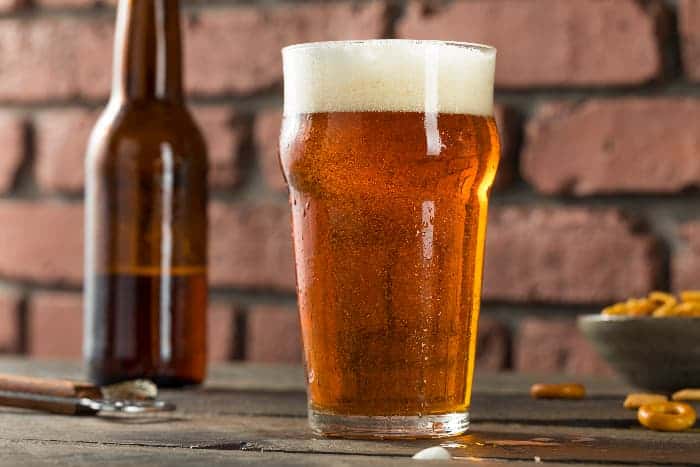
If you’ve ever wondered what a Vienna Lager is all about, keep reading to learn all about this very popular beer style.
What is a Vienna Lager?
While Vienna Lagers were once the ideal beer to order, they aren’t quite as common as they once were. Part of the reason for this is how difficult it is to brew a perfect Vienna Lager. To be a true-to-style Vienna lager, it should be copper to reddish-brown with clear clarity and tons of malty flavors. Many brewers attempt to make a Vienna lager but ultimately fall short of nailing the ingredients.
An authentic Vienna lager requires top-notch ingredients and the right equipment with which to brew. Traditional German Noble hops, Vienna yeast, and Vienna malt are necessary to brew a Vienna lager to perfection. Most brewers don’t even bother trying because these specific ingredients are more expensive and less available than many alternatives.
History of the Vienna Lager
The Vienna Lager has a long and storied history that starts in the early 1800s. The first Vienna lager was developed by Anton Dreher in the late 1830s, who combined his knowledge of making pale malt ales and cold bottom fermentation using lager yeast. He used the knowledge he gained from other brewers, including the iconic Gabriel Sedlmayr. From previous travels to England and Scotland, he learned the perfect way to manipulate the ingredients necessary for a Vienna lager.
In late 1840, Anton Dreher started renting a cellar to mature his beer under cold conditions, a process that is called “lagering.” Rather than the traditional method of fermenting from the top down (ales), he transitioned to bottom-up fermentation (lagers). The result was a clean, crisp, and amber-colored brew that went on to become famous locally and internationally.
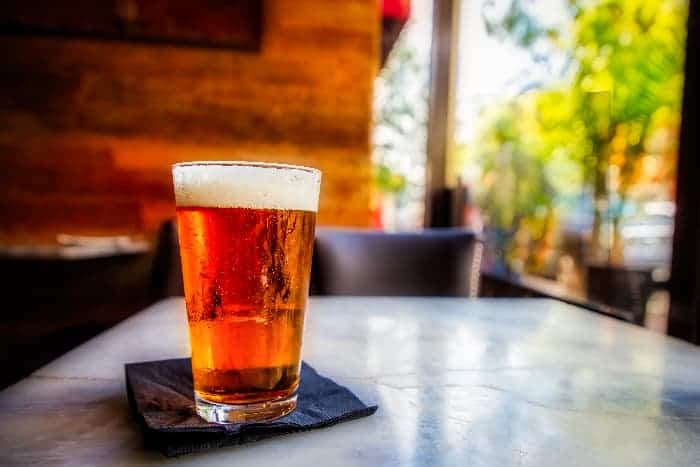
Ups and Downs of the Vienna Lager
For nearly half a century, from 1840 until the early 1900s, the Vienna lager was one of the most popular drinks on the market. There was enough of a difference between it and other available options to make it unique in color and taste. While it’s pretty dark compared to modern light beer, it was very light for the time, making it appealing to many drinkers.
Unfortunately, all good things have to come to an end, and the Vienna lagers’ time as the King of Beer was relatively brief. As other brewers came along and started honing their skills, similar light beers took over. However, thanks to modern craft breweries and microbreweries, Vienna lagers have somewhat returned to popularity.
Characteristics of a Vienna Lager
A true Vienna lager is unique in its brewing process, ingredients, color, and characteristics. To be considered a Vienna lager, there’s a small checklist of requirements that you have to pass.
Flavor Profile
Vienna lagers are defined in large part by their flavor profile. There’s no room for fruity or sweet flavors with a traditional Vienna lager. Instead, you should expect little to no hops or bitterness and very little sweetness. Vienna lagers are all about the malts you use and their flavor.
The ideal Vienna lager should have a diverse mix of toasty, bready, and toffee malts, caramel sweetness, and a nutty, crisp finish. However, the sweetness should never be the focal point of the beer and you should barely notice it. One of the main reasons that Vienna lagers aren’t the sexy drink of today is because they focus on malt rather than on hops, which are one of the top ingredients in modern craft brews.
The delicate balance between malt, spice, sweetness, and crispness is challenging to achieve. This is largely why more people don’t try to brew a Vienna Lager.
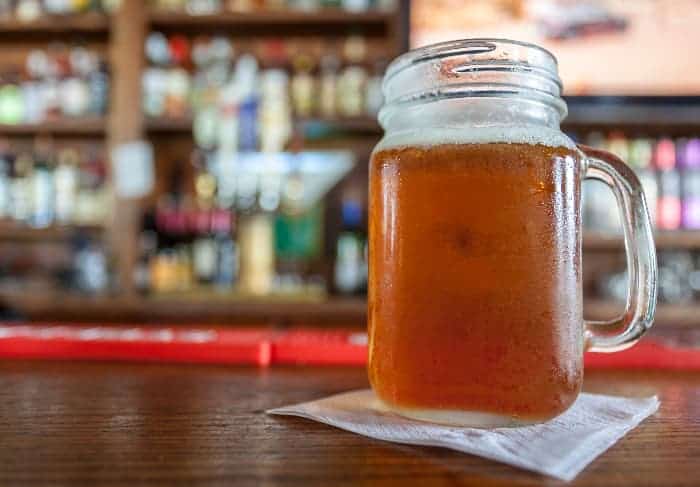
Color
Vienna lagers should be copperish red to brownish amber in color. While this is considered a darker beer today, it was thought of as a light beer when it first came out. The head should be soapy and thick, slightly off-white, and have excellent retention.
Clarity
Vienna lagers should be extremely clear despite its darkish color, bordering on brilliant.
Alcohol Content
Vienna lagers aren’t necessarily required to have low alcohol content, but they usually do. A range of 4% to 6% is typical of Vienna Lagers on the high end.
Food Pairings
The Vienna Lager goes perfect with sandwiches, paninis, fish, and other forms of seafood. Hard-shell creatures such as scallops, crabs, and clams are especially delicious when paired with the Vienna. Pork bratwurst and schnitzel are some of the traditional German dishes to try with a Vienna Lager.
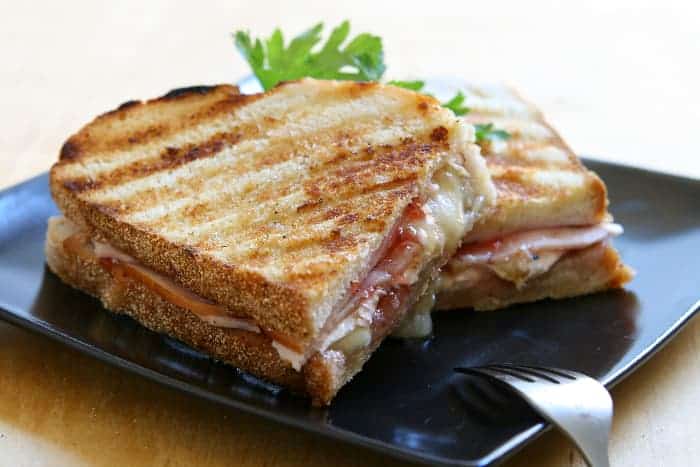
Serving Tips
You should serve your Vienna lager at a temperature between 45 and 48 degrees in a glass after the flute or pilsner fashion so you can appreciate the color and clarity.
Where Can I Get a Vienna Lager?
If you want to get your hands on a solid Vienna Lager, there are plenty of options at your disposal.
- If you want to try a Gold medal winner, have a taste of Dock Time from the Stony Creek Brewing Company
- For another Gold and Silver medal winner, make sure to try the aptly named Vienna Lager from the Devils Backbone Brewing Company
- For a northern Ohio favorite, check out Elliot Ness of the Great Lakes Brewing Company
- Possibly the most popular Vienna Lager is the Boston Lager from Samuel Adams aka the Boston Beer Company
- For a Vienna Lager in the Cerveza style, Negra Modelo
How are Vienna Lagers Made?
Vienna lagers are made like all lagers by being fermented from the bottom up. However, where they get tricky is in the ingredients that you use. While they don’t require a ton of hops, the hops you use should be classic German Noble hops, including Saaz, Tettnang, Hallertau, and Spalt. You should also plan to use traditional Vienna malt and Vienna yeast as your other main ingredients.
From there, you can get creative and add some caramel, black, melanoidin, or chocolate malts, but never too much. For more information about the boiling time and temperature, specific recipes, and other details, check out this recipe or find your own online!
Can I Make a Vienna Lager at Home?
Vienna lagers are tricky to attempt for amateur homebrewers. They require unique ingredients and brewing tools that only serious brewers have. If, however, you happen to have these things and you want to try to make the next great Vienna lager, we encourage you to do so and send us a sample!
Conclusion
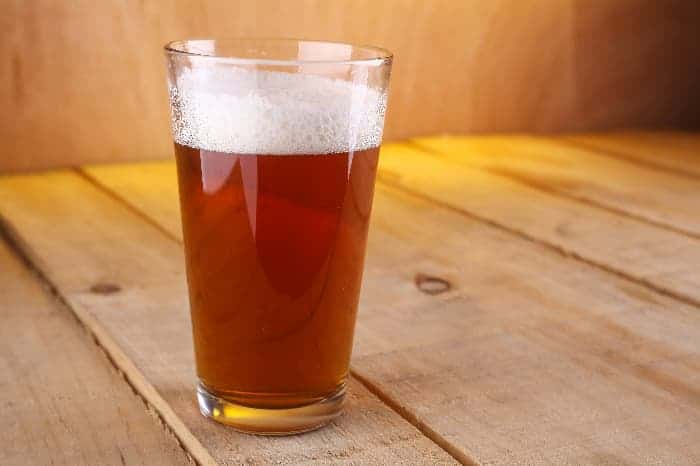
Vienna Lagers are one of the trickiest and most finicky beers in the brewing business. They’re typically only created by experienced brewers who have access to the equipment and ingredients necessary to do them justice. However, there’s nothing wrong with settling for sampling someone else’s work. If you’ve never had the pleasure of trying a traditional Vienna lager, you would do well to treat yourself to one!
To learn about other kinds of beer, click here for our posts about different beer styles!
